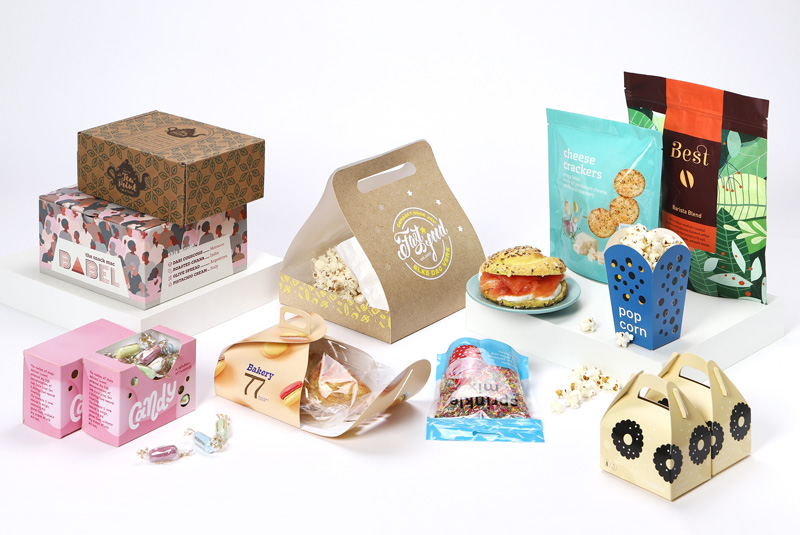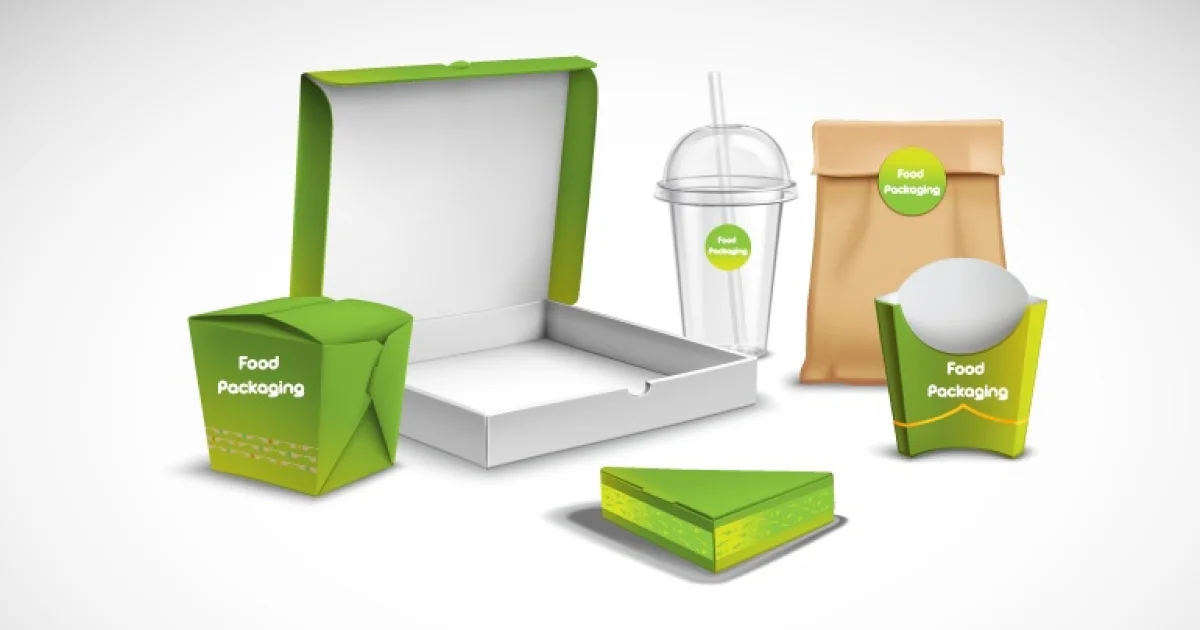In the ever-evolving world of food packaging, ensuring safety is paramount. This is where case studies in food packaging safety come into play, offering invaluable insights into the best practices and potential pitfalls within the industry. For marketing professionals, understanding these case studies can be instrumental in crafting strategies that not only comply with regulations but also enhance brand trust and loyalty.

Understanding the Importance of Food Packaging Safety
Food packaging safety is not just about meeting regulatory requirements. It’s about protecting consumers and ensuring the integrity of food products. The implications of unsafe packaging can be severe, leading to health risks and damaging a brands reputation. For an in-depth understanding of the relationship between food safety and brand reputation, professionals can explore various resources that highlight the consequences of neglecting these standards.
The Role of Regulations
Regulatory bodies around the world have set stringent guidelines for food packaging to protect public health. Understanding these regulations is crucial for marketing professionals who aim to position their products as safe and reliable. By examining case studies in food packaging safety, marketers can see how compliance or non-compliance affects brands in real-world scenarios.
Case Studies Highlighting Success and Failure
Case studies offer a window into the successes and challenges faced by companies in maintaining food packaging safety. These studies often reveal strategic decisions that led to either the success or failure of a product in the market. An examination of these case studies can provide marketers with practical insights into what works and what doesnt.
Success Stories
Successful case studies often involve companies that have not only adhered to safety regulations but have also innovated to exceed them. For instance, using inks for metal food packaging that meet safety standards can enhance a brand’s image. These companies often see an increase in consumer trust and loyalty, translating into higher sales.
Lessons from Failures
On the flip side, case studies of failures often highlight the repercussions of neglecting food packaging safety. These failures can lead to costly recalls and irreversible brand damage. Marketing professionals can learn from these mistakes by ensuring that their packaging processes are foolproof and compliant with all safety standards.
Innovative Solutions in Food Packaging Safety
Innovation plays a critical role in food packaging safety. Companies that invest in research and development to create safer packaging solutions often set themselves apart in the market. For instance, the use of low migration inks can significantly reduce contamination risks, offering a unique selling point for products.
Technological Advances
Technological advancements have enabled companies to develop more robust packaging solutions. These include smart packaging technologies that monitor the freshness of food products and alert consumers when items are no longer safe to consume. Such innovations are highlighted in various case studies, showcasing how technology can enhance food safety.
Implementing Best Practices from Case Studies
For marketing professionals, implementing best practices gleaned from case studies can be a game-changer. By adopting strategies that prioritize safety and compliance, marketers can boost their brand’s credibility and market presence. Exploring resources on the marketing of food safety in packaging can further assist in crafting effective campaigns.
Continuous Improvement
Continuous improvement is key to maintaining high standards of food packaging safety. By regularly reviewing and updating safety protocols, companies can ensure they remain at the forefront of the industry, avoiding the pitfalls that have affected others.
Conclusion
Case studies in food packaging safety provide a wealth of knowledge that is crucial for marketing professionals. By learning from the successes and failures of others, they can develop strategies that not only ensure compliance but also enhance consumer trust. As the industry continues to evolve, staying informed through these case studies will be vital in maintaining a competitive edge.

FAQ
Why is food packaging safety important?
Food packaging safety is essential to protect consumers from health risks and to maintain the integrity of food products, which in turn helps in building a trustworthy brand.
What can marketers learn from case studies in food packaging safety?
Marketers can learn about the best practices and potential pitfalls in food packaging safety, allowing them to craft strategies that ensure compliance and enhance brand loyalty.
How can technology improve food packaging safety?
Technology can enhance food packaging safety through innovations like smart packaging, which monitors food freshness and reduces contamination risks.
This article contains affiliate links. We may earn a commission at no extra cost to you.






